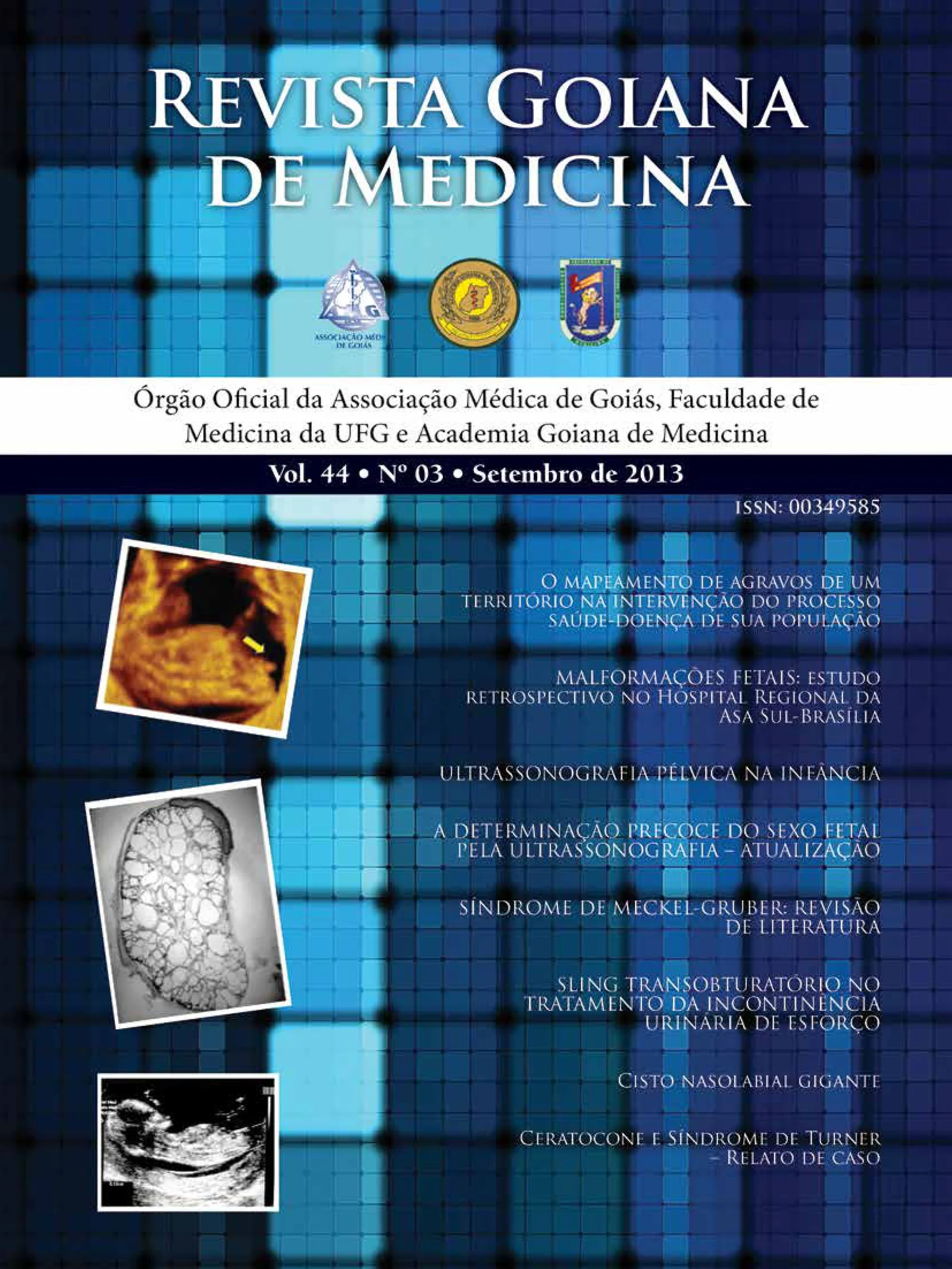Fetal malformations
retrospective study at Hospital Regional da Asa Sul- Brasília - DF
Keywords:
malformation, Ultrasonography, Congenital anomaliesAbstract
Introduction: Fetal malformation has a big impact on the population because it has two relevant aspects for the couple that wishes to have a child. The first aspect regards the high mortality rate that fetal malformation causes. The second aspect regards those fetuses who survive malformation, but tend to show cognitive and intellectual losses that are important to the child’s future. Therefore, there are mortal or intellectual loss, meaning that those who survive fetal malformation have a high tendency to become mentally disabled. methods: A retrospective and crossed study was carried out through the analysis of documents from the medical of sector fetal medicine at the Hospital Regional da Asa Sul, Brasília.
results: The study included 143 pregnant women with fetal abnormalities. The most found fetal abnormality was in the central nervous system (n = 31, 21.4%). The most common maternal age was 20-34 years (n = 105, 73.2%). With regard to external factors the minority of patients were exposed: 6.3% (n = 9) of the women used drugs during pregnancy; 5.6% (n = 8) of the women reported being smokers; 2.8% (n = 4) consumed alcohol and no patient was a user of illegal drugs. Regarding the history of pre-natal women, most patients were multiparous (53.1% n = 76) and among these 35.5% (n = 27) had a history of abortion and 7.9% (n = 6 ) had a previous history of malrmation. 9.7% (n = 14) of the women had pathological antecedents. As for family history of fetal malformation 18.8% (n = 27) showed. The intrauterine growth restriction was present in 12.6% (n = 18) and 25% (n = 36) showed abnormalities of the amniotic fluid index.
Conclusion: The epidemiological profile of women with fetal anomaly served is a woman of childbearing age (20-34 years),
which is not exposed to drugs, not smoking, not a user of alcohol or illicit drugs, most multigesta no history of diseases and
malformations, with no history of abortions and no family history of malformations.
The system of the body most affected by fetal anomaly was the central nervous system (21.4%), followed by the genitourinary system (18.8%) and abdominal wall defects (17.4%).


